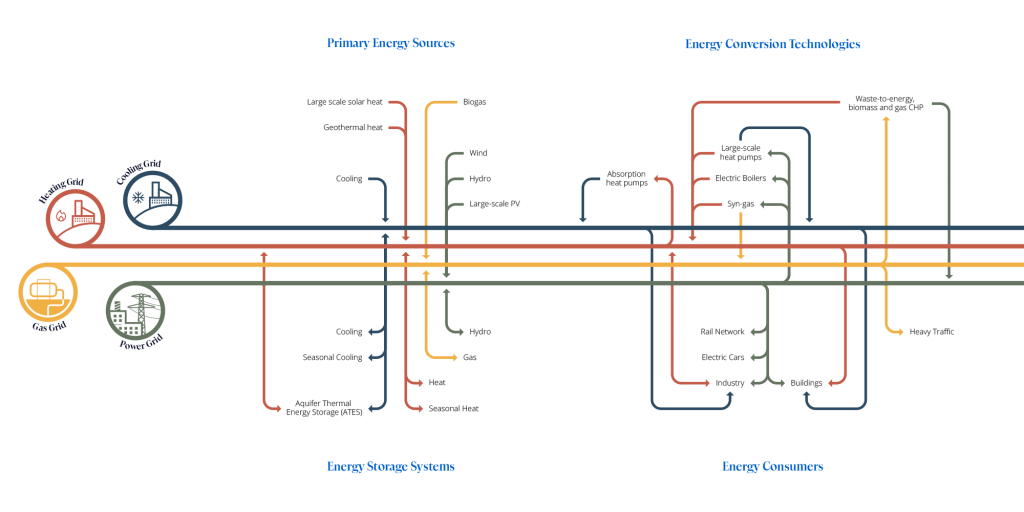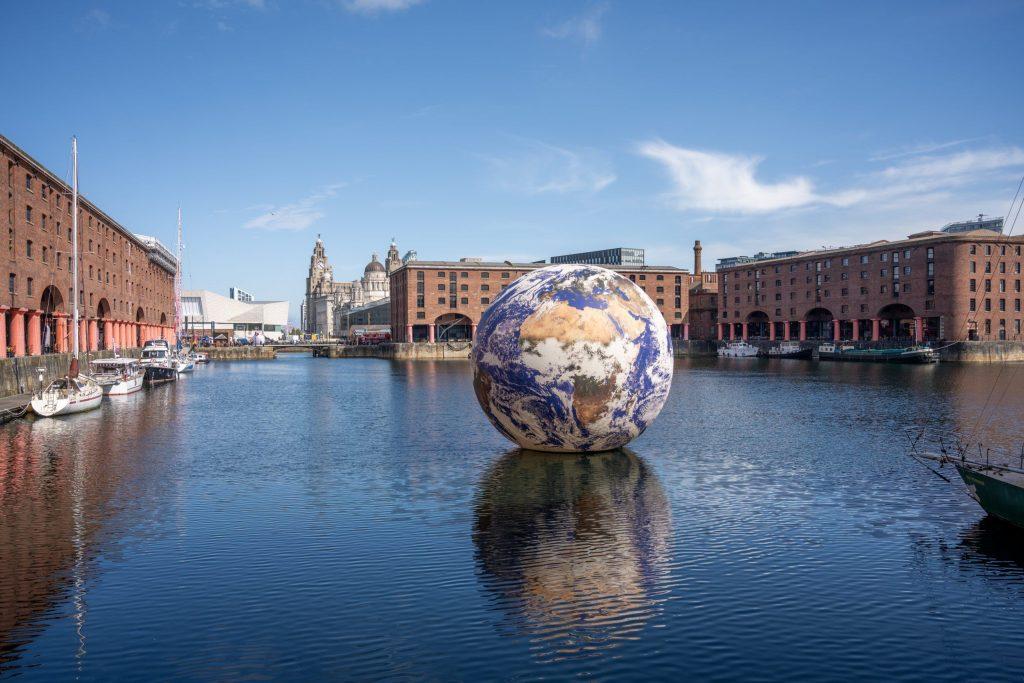Fluctuating renewable power, especially from wind poses some additional challenges: first when not enough power is generated, and the demand surpasses the supply we risk both brownouts and blackouts. Another challenge which may sound counterintuitive is excessive power generation.
Poor transmission networks, that are no longer fit for purpose, as well as the current inability to effectively store the excess renewable electricity are typically to blame. In 2022, the National Grid paid out £215m in constraint payments to turn off wind turbines, and a further £717m turning on heat-to-atmosphere dumping gas turbines located closer to the source of demand, in order to fill the gap. These costs will inevitably rest on the consumers, who are already having to pay a high price for their “green” electricity.
It’s evident that if we are to secure the supply and lower the cost of electricity, then this can be strengthened with electricity storage – for example, large thermal electricity storage – and more flexible consumption, with industrial companies, for example, increasing their ability to downgrade electricity consumption during periods of pressure.
Green Heat Grids
Sector or utility coupling is becoming more integrated within the Danish energy system. Heat networks that started as local networks delivering heat from decentralised production facilities such as biomass or waste incineration plants, are now being developed into extensive green heat grids. The most notable of which connects the whole of the Copenhagen metropolitan area, with heat being supplied by four Combined Heat and Power plants (2050 MW), three waste-to-energy facilities (400 MW), reserve and peak load plants (1900 MW) and two heat accumulators (660 MW).
Not only can these green heat grids transport heat in the form of heated water dozens of kilometres while only dropping 0.5-1˚C, but they can also accept waste heat from sources such as local industry, factories, and data centres.

Balancing the Grids
In times of excess or “waste” electricity generation from wind and solar, these green heat grids can via the process of power-to-heat store the heat for later use. Storing heat produced in the summer until the winter is entirely possible, and further helps to balance both the heat and the electricity grids.
Large pit storage facilities are being strategically built by the transmission company VEKS, who deliver district heating to 17 distribution companies in western Copenhagen. These pit storage facilities are in essence ginormous artificial lakes with an insulated cover on top. Not only is thermal heat storage the cheapest method for storing energy, but it also offers good flexibility in the heat supply; storing the heat when it is low-cost to produce and conversely releasing the heat to the distribution companies when it is expensive to produce.
The first of these pit storage facilities is located in Høje Taastrup, Denmark. The storage plant is connected to VEKS’ transmission line with a maximum heat transfer of 30MW as charge for the storage and a corresponding discharge of 30MW to the distribution network of Høje Taastrup District Heating. The heat storage plant receives heat from the transmission system at approximately 95-110˚C and delivers 75˚C heat to the distribution network at Høje Taastrup.
This coupling between the heat and electricity grids, optimises the total heating and electricity production in the Copenhagen metropolitan area. Adding value, both for manufacturers and heating companies.
Futureproof Heat
The flexibility of green heat grids to use a mix of several heat generating technologies, power-to-heat technologies as well as waste heat and thermal energy storage makes them the no-regret heating solution. Green heat grids are therefore by definition energy source agnostic and totally futureproof. Consumers connected to a green heat grid are consequently granted a high level of supply reliability, in addition to low-cost, low-carbon heat. These heat highways and green heat grids can become the backbone of a national heating system, a home in Manchester receiving waste heat from industry located around the mouth of the Mersey is not that fantastical.

